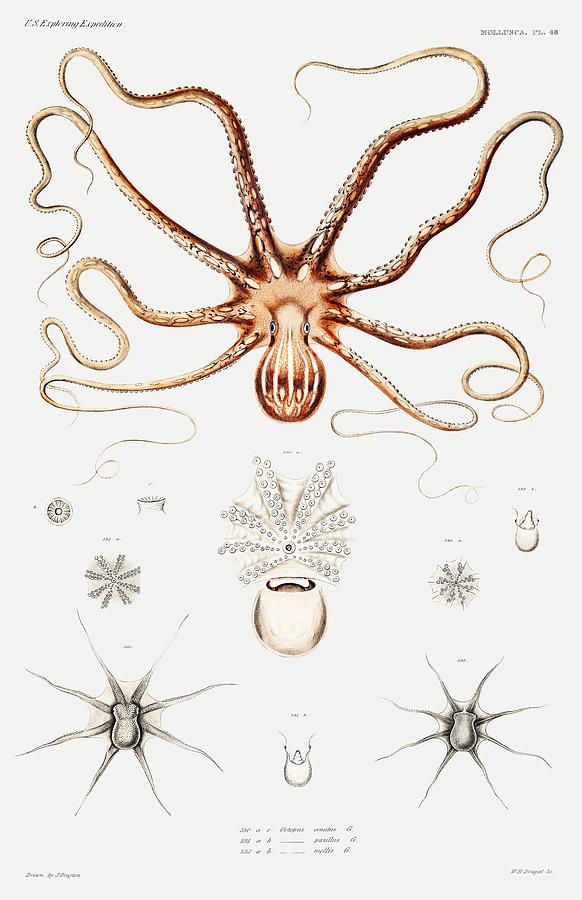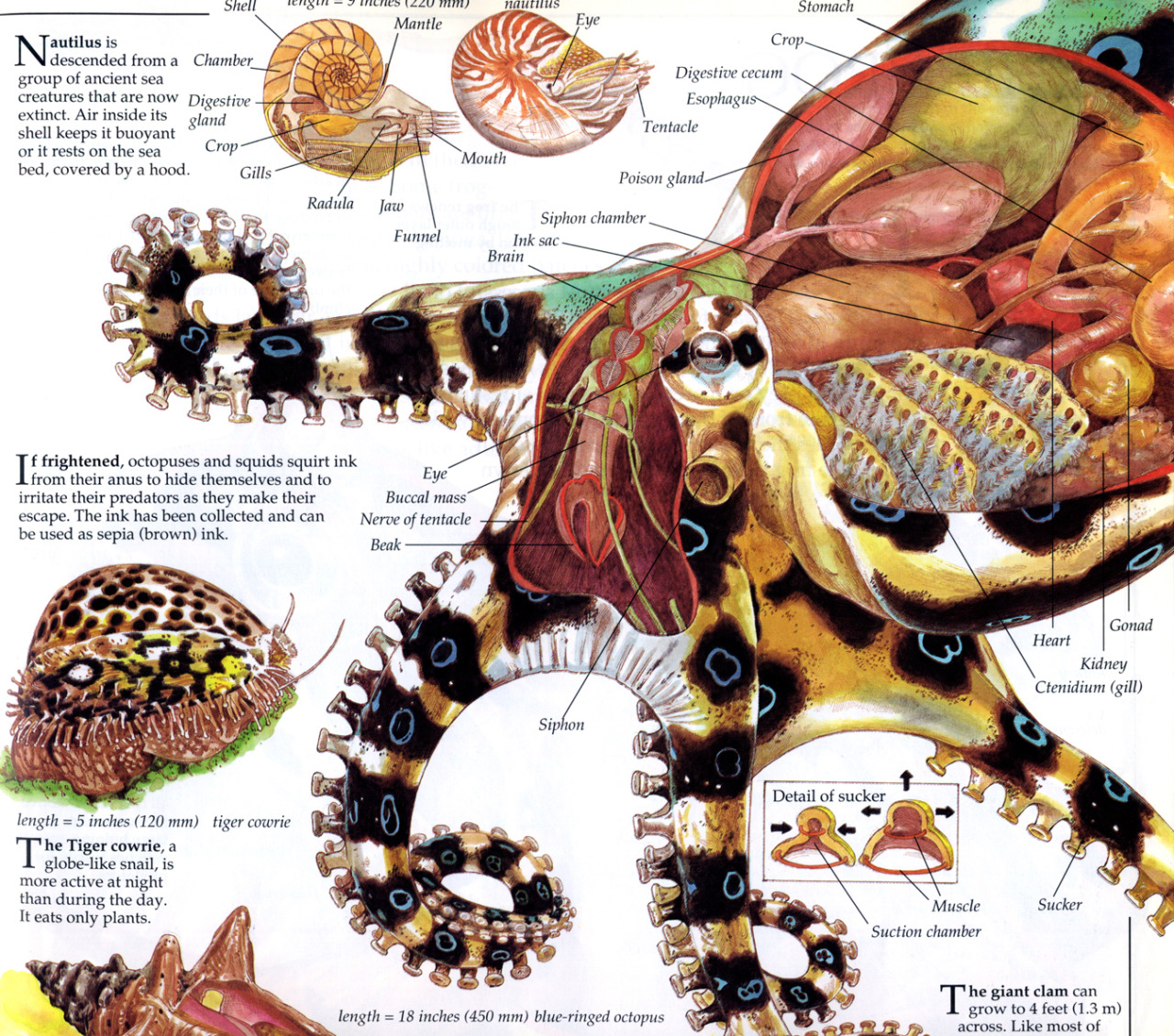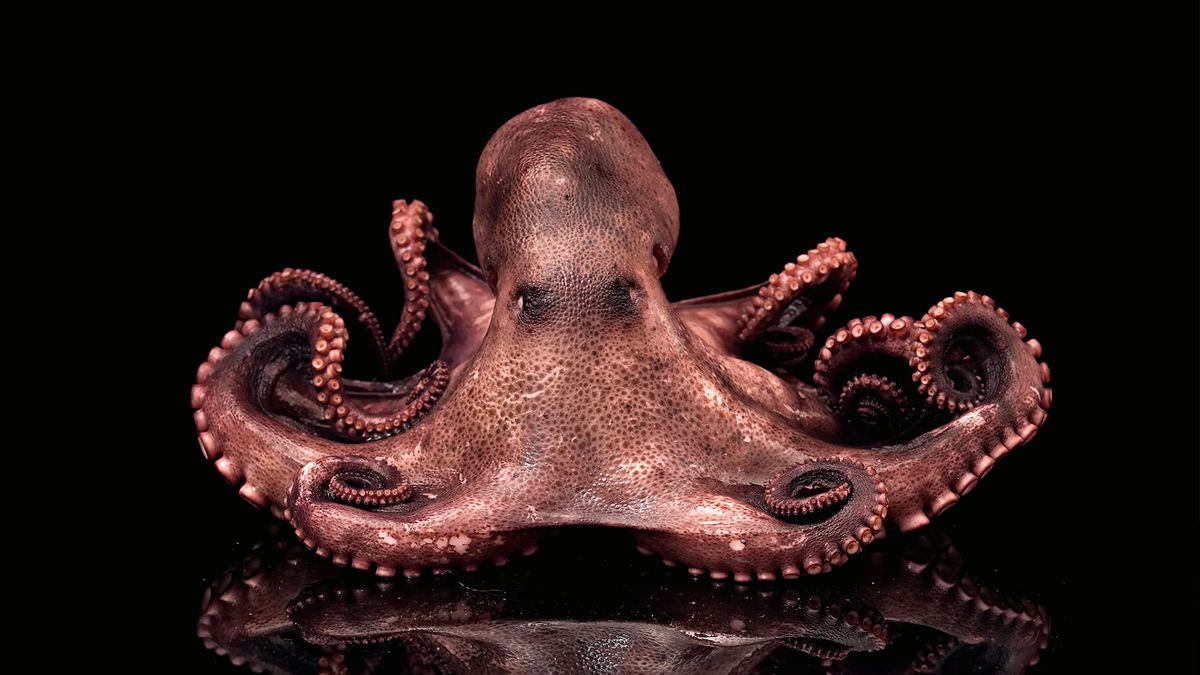

We are not talking about a difference of a few inches or feet. In order to do so about the blanket octopus, it is necessary to first talk about sexual dimorphism.īlanket octopuses display a sexual dimorphism when it comes to size. When talking about a specific species or group of species of octopus, normally one would talk about their size. By the time that other species of octopuses become adults, they have already settled down and acquired a little den of their own. However, all for the exception of the blanket octopus, grow out of that phase once they begin to develop body mass. They follow the currents and dwell among the nanoplankton which they hunt for food. They literally live perpetually in the open ocean.Īll species of octopus, when they are hatchlings, live that type of lifestyle. They do not have a den that they call home. They rarely if ever venture to the seafloor. You see, the four species that make up the blanket octopus all live a nomadic lifestyle.

If you don’t take to well to surprises or shocking plot twists, we suggest that you hold on to something right now. A free and nomadic lifestyle is not the norm for most octopuses. Be it in shallow water or in the darkest parts of the deep ocean, octopuses like to make their home in dens which they build themselves or crevices which they appropriate for that purpose. However, it is the Tremoctopus violaceus species which the majority of people associate with the term “blanket octopus.” So much so, that this species, in particular, is often referred to as the “common blanket octopus.”Īs most of you are aware, the vast majority of octopuses make their home on the seafloor. The Tremoctopus gelatus, Tremoctopus robsoni, Tremoctopus gracilis, and the Tremoctopus violaceus.Īll four species in the genus Tremoctopus share similar characteristics in terms of appearance, habitat, and behavior.

With the blanket octopus, the genus consists of four species. Panthera tigris is the tiger, Panthera onca is a jaguar, Panthera pardus is a leopard, etc. “Panthera” is the genus and Leo is the species. To understand that further, think of the African lion. In biological taxonomy, the genus is the classification grouping that comes immediately before the species. This would be to the “tremoctopus” genus. Technically, this common name is given to a particular genus of octopus. The popular term “blanket octopus” is the layman’s expression for identifying a particular set of octopus.


 0 kommentar(er)
0 kommentar(er)
